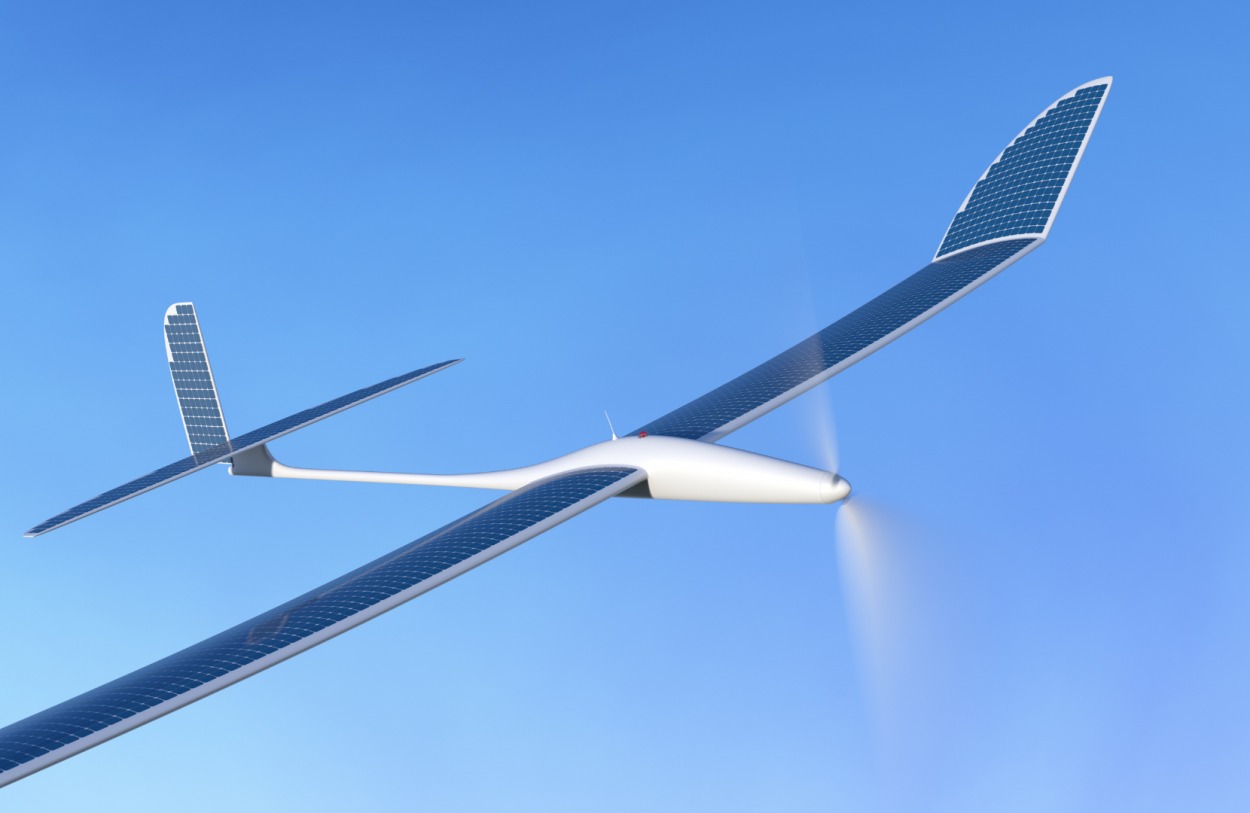Indian firm Veda Aeronautics has partnered with the UAE-based Mira Aerospace to manufacture an India-specific High-Altitude Platform System (HAPS) or ‘pseudo satellite.’ While an Indian firm is already working on developing the platform, a partnership with an experienced firm will accelerate the process.
HAPS is critical for India’s drone wingman project, which is expected to conduct its maiden flight in 2024. HAPS is like a remotely piloted aircraft, but it flies in the stratosphere at a height of 65,000 feet.
It bridges the gap between satellites orbiting the Earth and drones flying within the atmosphere. Its stratospheric reach puts it over any weather activity and air traffic, and being solar-powered, it can loiter for months.
Through this collaboration, Mira Aerospace will bring its cutting-edge ApusNeo HAPS technology to India by utilizing VEDA Aeronautics’ local development capabilities. The product will be available to both Indian Defence and civilian clients. Under this agreement, the companies will develop a HAPS platform specific to the Indian market within the first half of 2024.
The two companies have already performed test flights in the Indian airspace, where the technology demonstrator HAPS unit flew in the Indian stratosphere. This test continues to be the only such flight in India to date.
VEDA Aeronautics will be developing the HAPS under the Make-1 project launched and funded by the Indian Air Force (IAF). The HAPS under the project will be capable of carrying a minimum 35-kilogram payload and sustaining operations at an 18,000-metre altitude for a minimum of 30-45 days.
HAPS is a strategic asset, a cross between a satellite and an airplane, with the endurance of a satellite and the agility of an aircraft for a persistent stratospheric presence.
India must augment the large gap between the demand and supply of ISR (Intelligence Surveillance and Reconnaissance) and communication data by a multitude of military and civilian users and agencies.
These lightweight platforms can be controlled from a distance and have communication capabilities outside the line of sight. They can carry payloads with a range of sensors and navigational capabilities because of their modular construction.
The HAPS is particularly useful on the Eastern border with China, which is dotted with lofty Himalayan ranges. Its altitude gives it an advantage over traditional drones. Also, unlike satellites, where the payload is permanently lost, the payload can be switched based on need.
The continued confrontations with Chinese troops on the frigid heights of the Himalayas brought the lacunae in ISR to the fore. HAPS will help plug this gap. The HAPS has a broader area of the continent in its purview while flying at 65,000 feet.
Theoretically, it was possible to see for 500 kilometers. It could also hear pretty well up to 800-1000 kilometers at these altitudes. Unlike satellites, these HAPS flying at a low speed can linger over an area of interest for a longer duration.
A medium-altitude long-endurance (MALE) UAV operating at 25,000 feet with a 25-hour endurance will need to fly nearly 5,000 sorties to have the same impact across the region of interest. In comparison, a HAPS air vehicle operating at 65,000 feet with an endurance of 24 hours will only need to fly 250 sorties.

Managing Director of VEDA Aeronautics Dipesh Gupta told the EurAsian Times: “We have launched the production plan of a specific version to test in India. This unit will be manufactured to enhance the learning of the HAPS technology. An Indian-specific HAPS with a much greater range and payload capacity is also planned.”
“The partnership will enable India to get this technology much faster. Our joint team effort will allow the Indian Military to deploy the HAPS operationally much faster and enhance National Security,” Gupta added.
India’s Quest To Bridge Surveillance Gap
As reported by the EurAsian Times earlier, another Indian firm, NewSpace Research and Technologies Pvt. Ltd achieved a critical milestone as its HAPS prototype stayed afloat for 21 hours during the winter solstice flight trial. However, the partnership with the UAE-based firm that has been making HAPS since 2014 will expedite the development.
“Each HAPS is like building a new design of aircraft – each company will approach the problem from their understanding, and the learning curve will involve multiple crashes. Most will face challenges when the air-frame would reach the stratosphere, to manage the – extreme temperatures – from minus 60/70 to even extreme high sunlight-radiation; and most critical battery charging and discharging,” Gupta explained.
The technology will be critical in future air combat. The UAV uses solar energy to travel during the day and its solar-charged battery to fly at night during the journey, which involves both day and night flying.
These lightweight platforms can be controlled from a distance and have communication capabilities outside the line of sight. They can carry payloads with a range of sensors and navigational capabilities because of their modular construction.
HAPS can overtake 70-80 percent of a satellite’s surveillance and communication workload at a fraction of the cost while having three times the life cycle viability.
A ‘pseudo satellite’ will drastically cut down the cost of surveillance when compared to a High-Altitude Long Endurance (HALE) drone like Reaper. A USAF Reaper class drone costs around $3500 per hour to operate; a HAPS class vehicle costs less than $500 per hour.
- Ritu Sharma has been a journalist for over a decade, writing on defense, foreign affairs, and nuclear technology.
- The author can be reached at ritu.sharma (at) mail.com
- Follow EurAsian Times on Google News